 Sindh Boy Scouts Association
Sindh Boy Scouts Association Empowering Youth
 Sindh Boy Scouts Association
Sindh Boy Scouts Association 

In the bustling city of London, on February 22, 1857, a child was born who would later transform the way young people engaged with the world around them. Robert Stephenson Smyth Baden-Powell grew up in an era of exploration and adventure, and from a young age, he had an insatiable curiosity for the natural world. As a student at Charterhouse School, he developed a love for outdoor activities, often sneaking off into the nearby woods to practice his tracking and survival skills.
Baden-Powell’s adventurous spirit naturally led him to a military career, where he found himself stationed in various corners of the British Empire. It was in Africa, during the Second Boer War, that the seeds of his grand idea began to take root. The year was 1899, and Baden-Powell, then a colonel, was defending the small town of Mafeking against a prolonged siege by Boer forces. With his troops vastly outnumbered, he relied on ingenuity and the assistance of the town’s youth, who served as messengers and aides in this high-stakes standoff.
As Baden-Powell watched these young boys rise to the occasion, he began to envision a movement that could harness the energy and potential of youth, not just in times of war, but as a force for peace and community building. The idea of scouting was born—an organization that would teach young people the skills they needed to become confident, self-reliant, and morally grounded citizens.
Returning to England after the war, Baden-Powell was determined to turn his vision into reality. In the summer of 1907, he organized an experimental camp on Brownsea Island, located off the southern coast of England. This was no ordinary camp; it was a carefully planned experiment in education and character-building.
Twenty boys from diverse social backgrounds were invited to participate in this inaugural camp. For them, it was an adventure into the unknown, a chance to learn skills that would set them apart in the rapidly changing world of the early 20th century. Over the course of a week, they engaged in activities such as camping, woodcraft, chivalry, first aid, and patriotism.
The camp was a resounding success, and it convinced Baden-Powell that his idea was not only viable but essential. It was here, amid the campfires and the whispering trees of Brownsea Island, that the scouting movement took its first breath.


Fueled by the success of the Brownsea camp, Baden-Powell wrote “Scouting for Boys”, a book published in 1908 that outlined his vision and methodology for the scouting movement. The book quickly became a bestseller, captivating the imaginations of young readers across Britain and beyond.
Scouting spread like wildfire. Groups began to form organically, with boys eager to embrace the adventurous and educational ethos that Baden-Powell espoused. By 1909, the movement had grown so rapidly that a national rally was organized at Crystal Palace in London. Over 10,000 scouts attended, a testament to the movement’s explosive growth and the universal appeal of its values.
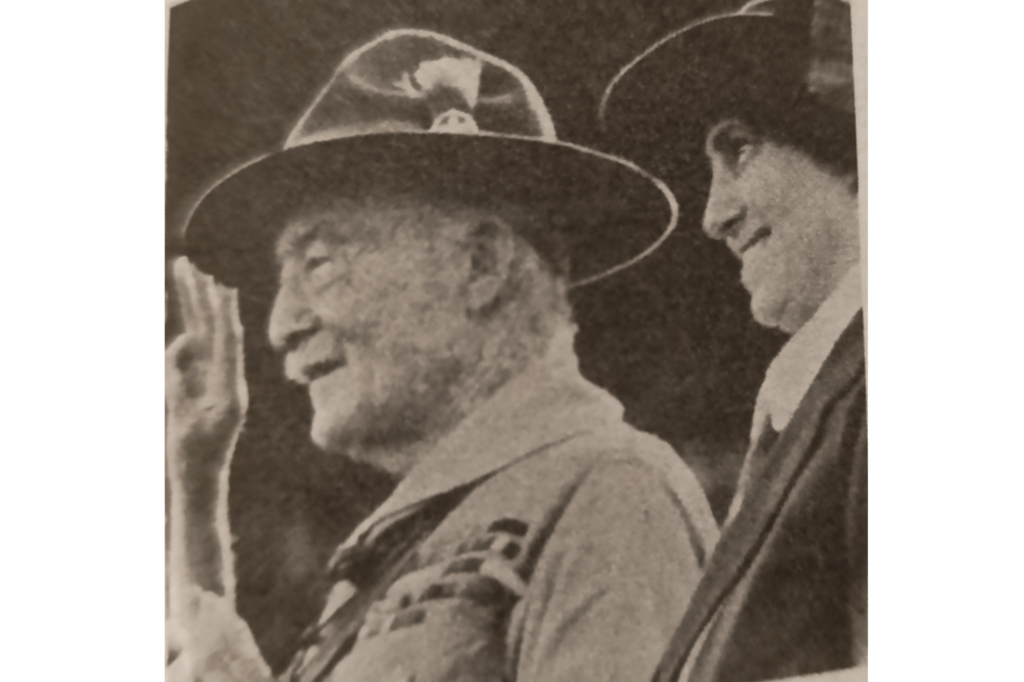
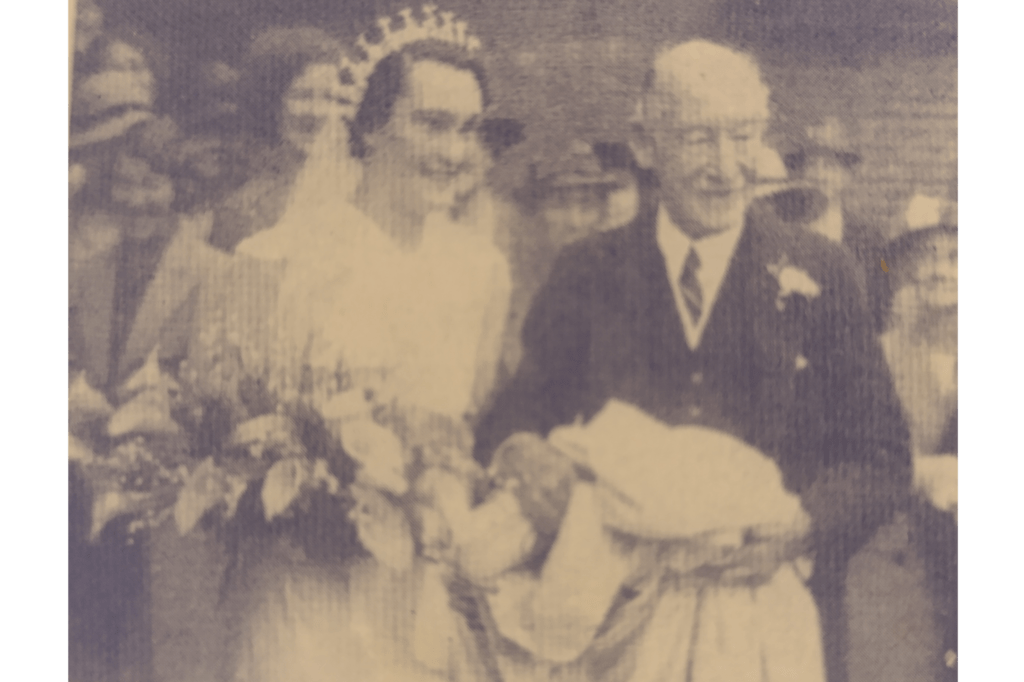
Recognizing the demand for a similar program for girls, Baden-Powell, with the assistance of his sister Agnes, founded the Girl Guides in 1910. The Girl Guides provided young women with opportunities for adventure and skill development, mirroring the values of the Boy Scouts but tailored to the aspirations and challenges faced by girls at the time.
The movement continued to adapt and expand. In 1916, Baden-Powell introduced Cub Scouts, a section specifically designed for younger boys aged 8 to 11. Inspired by Rudyard Kipling’s “The Jungle Book”, the Cub Scouts program incorporated storytelling and themes of exploration, creating an engaging and supportive environment for younger children.
For older teens and young adults, Rover Scouts were established in 1918. This section focused on service, leadership, and preparing young men for the responsibilities of adulthood, providing them with opportunities to contribute meaningfully to their communities.
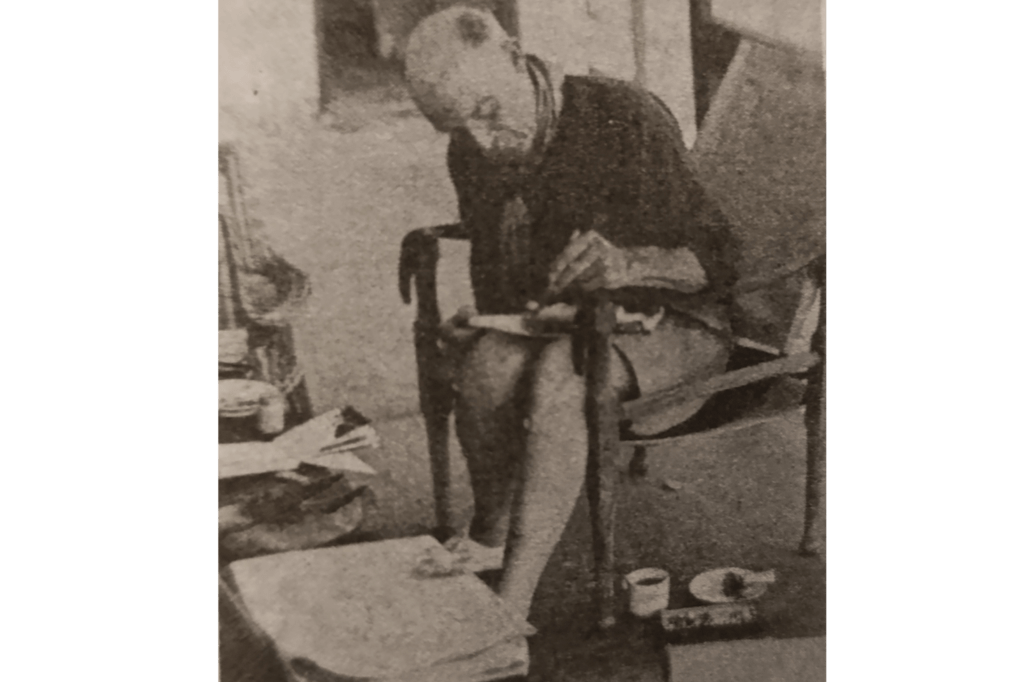
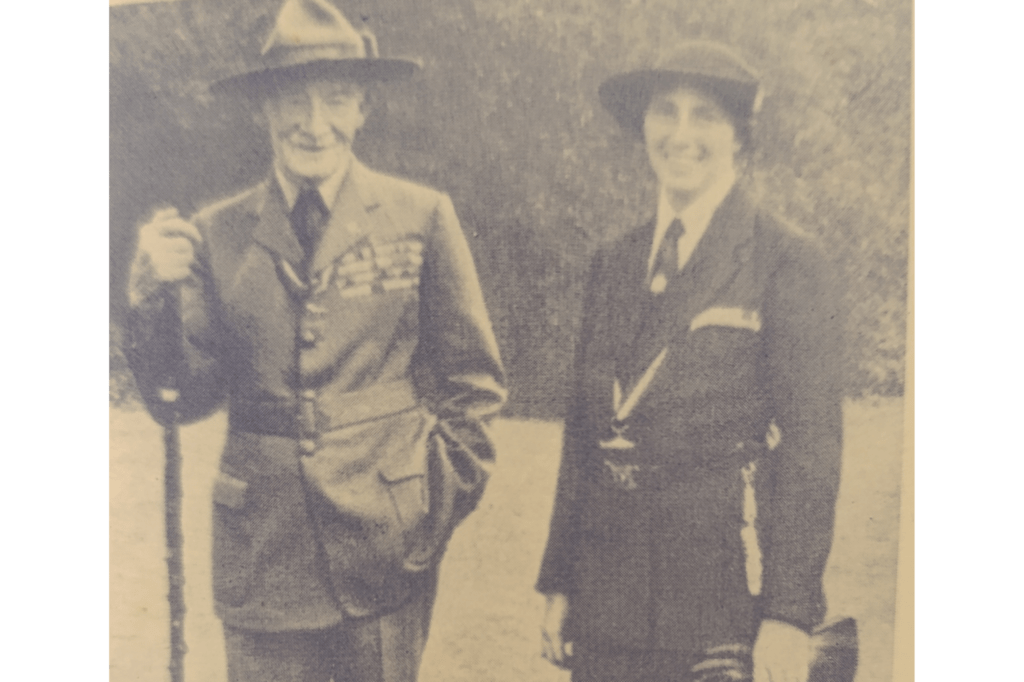
By the early 1920s, the scouting movement had become a global phenomenon, bringing together youth from diverse backgrounds under a shared banner of peace and cooperation. In August 1920, the first World Scout Jamboree was held at Olympia, London. Scouts from 34 countries gathered to celebrate their shared values and foster international friendship.
During the jamboree, Baden-Powell was honored as the first and only Chief Scout of the World, a fitting tribute to the man whose vision had united millions of young people across the globe.
To further support the growing movement, the World Scout Bureau was established in 1922. Its headquarters, initially in London and later moved to Geneva, served as a central hub for coordination and support, promoting the exchange of ideas and fostering cooperation among national scout organizations.
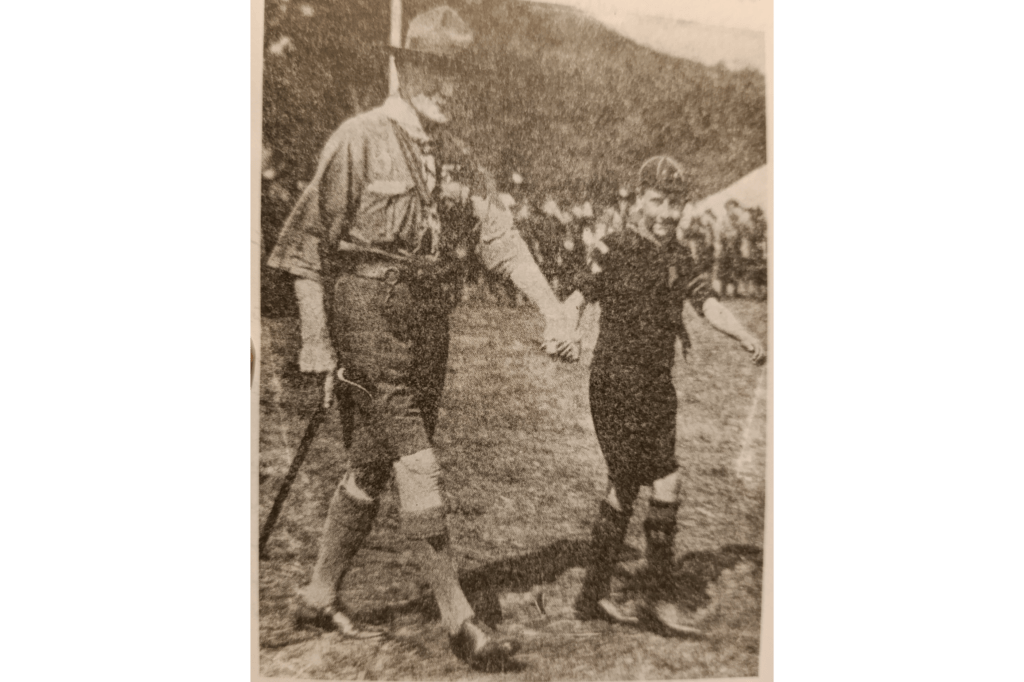
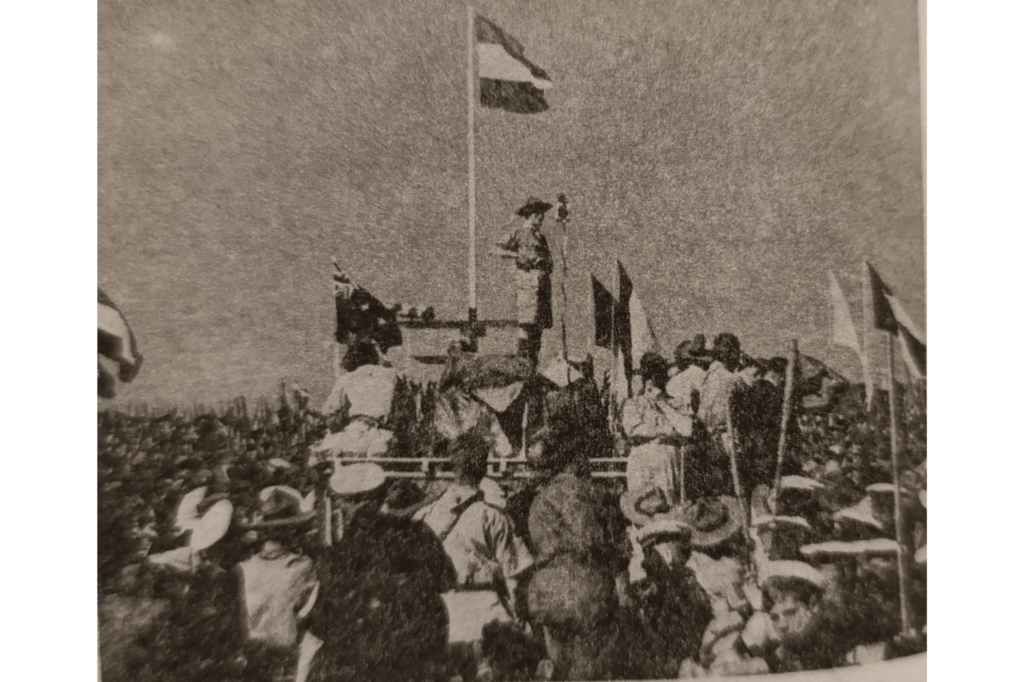
Baden-Powell retired to Kenya in 1938, choosing a life of quiet reflection amidst the breathtaking landscapes of East Africa. Despite his retirement, he remained a guiding presence within the scouting movement until his death on January 8, 1941. His legacy, however, continued to inspire millions.
Baden-Powell’s gravestone in Nyeri, Kenya, bears a simple inscription: a circle with a dot in the center, the scout trail sign for “I have gone home.” It is a fitting symbol for a man whose life was dedicated to guiding others on their journey.
